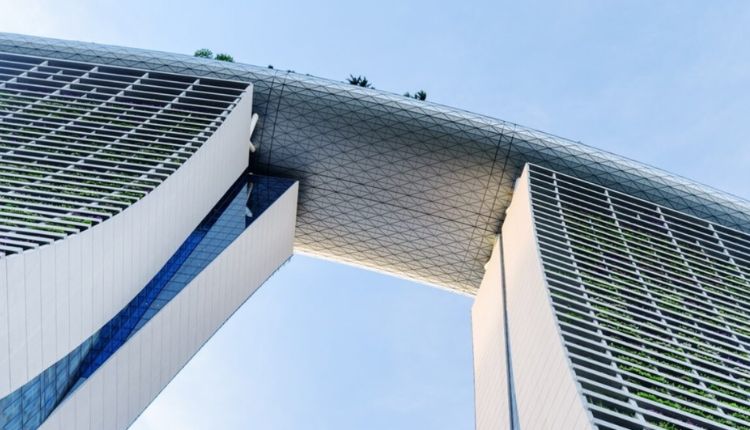As building codes tighten worldwide, architects, developers, and contractors are looking for glazing solutions that combine ultra-low U-values with design flexibility. Vacuum Insulating Glass (VIG) from HaanGlas has emerged as one of the most versatile options, enabling deep energy savings in diverse projects across Europe, North America, and Asia.
Below are three standout case studies that highlight how VIG adapts to different climates, cultural contexts, and architectural challenges.
Europe: Preserving Heritage While Meeting Energy Codes
In Northern Europe, a 19th-century Town Hall faced soaring heating costs due to single glazing. The city needed better thermal performance but strict preservation rules prohibited changing original timber frames.
The solution: HaanGlas slim-profile VIG. At only 8.3 mm thick, the units were installed directly into the original frames. Results included:
42% reduction in annual heating demand
U-values down to 0.48 W/m²·K
Original heritage aesthetics fully preserved
This project proved that even sensitive heritage buildings can achieve modern Step Code or Passive House levels of performance — without compromising design integrity.
North America: Apartment Retrofit for Comfort and Noise Control
In a North American city center, residents of a multi-family building demanded better comfort and noise reduction but did not want disruptive renovations. Traditional triple glazing would have required heavier frames and costly redesign.
Instead, HaanGlas VIG was retrofitted seamlessly into existing frames. Benefits included:
Over 3 dB noise reduction, improving acoustic comfort
Noticeably warmer interiors in winter and cooler in summer
No loss of daylight or transparency
Faster installation with minimal disruption
The project demonstrates why VIG is becoming the most energy efficient glazing option of choice for developers aiming for LEED certification, Passive House standards, and net-zero energy targets.
Asia: High-Density Urban Housing Upgrade
In dense Asian cities, homeowners often struggle with traffic noise, temperature swings, and high energy bills. A recent retrofit project replaced standard double glazing with HaanGlas VIG in existing aluminum frames.
The outcome:
Elimination of cold spots and drafts during winter
Significant cooling energy savings in summer
Quieter indoor environments without heavy curtains or secondary barriers
This case underscores VIG’s dual role as a thermal insulator and sound barrier, crucial in markets where urban density intensifies these challenges.
What These Projects Teach Us
Across three continents, several clear benefits of HaanGlas VIG stand out:
Ultra-low U-values: Consistently around 0.48–0.49 W/m²·K, outperforming double and triple glazing in slimmer formats
Energy and cost savings: Up to 40% heating cost reductions in retrofit scenarios
Design flexibility: Fits directly into existing or heritage frames without redesign headaches
Acoustic comfort: Noticeable noise reduction in high-density or traffic-heavy environments
Future compliance: Exceeds current and upcoming efficiency codes, giving developers confidence in long-term performance
Why Choose HaanGlas VIG?
Slim profile, big impact — Fits where triple glazing cannot
Durability across climates — Tested in cold European winters, humid Asian summers, and mixed North American conditions
Future-ready — Complies with Step Code 5, NECB, Passive House, and other global standards
Health and comfort — Warmer, quieter, and more stable indoor environments for occupants






